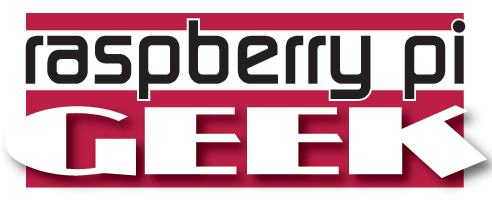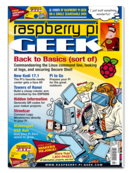SunRover part 1: Track motor controller/power system
I've always wanted to build a robot. Wait a second, I built one in the 1980s from a kit. A Heathkit HERO I robot to be exact. The HERO I cost me a fortune and I could not do very much with it, but I did chase the cat. I think the cat thought it was a vacuum cleaner and ran in terror whenever it started up.
The HERO 1 [1] cost $1,500 and had a Motorola 6808 (read 8-bit processor), 4KB of RAM and a 2KB ROM monitor. The storage was a cassette tape, and the display was made of fabulous seven-segment LEDs. It even had a speech synthesizer that sounded worse than a TI Speak & Spell [2]. Your $15 Arduino has more functions and storage, and a Raspberry Pi is orders of magnitude more powerful.
It was a great introduction to robotics, though, and when I became a professor I used the robot extensively in embedded systems classes because students could see the physical results of their programming. We always walled off the stairwells in the hallway, because sometimes the robot would go crazy and head straight for the stairs.
[...]
Buy this article as PDF
Pages: 8
(incl. VAT)







